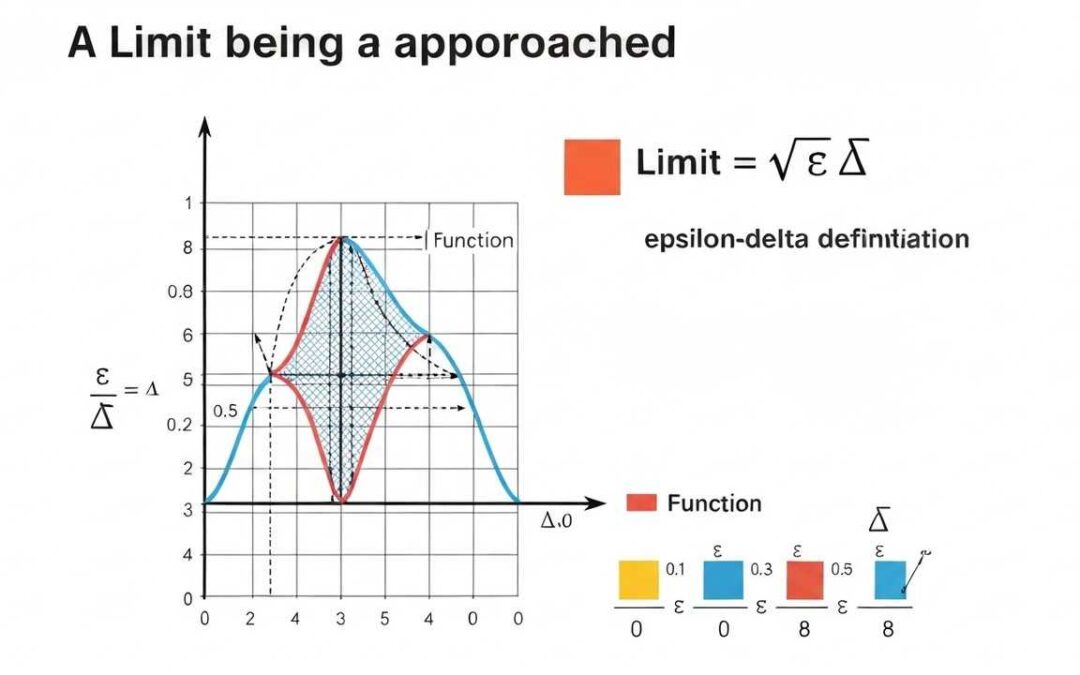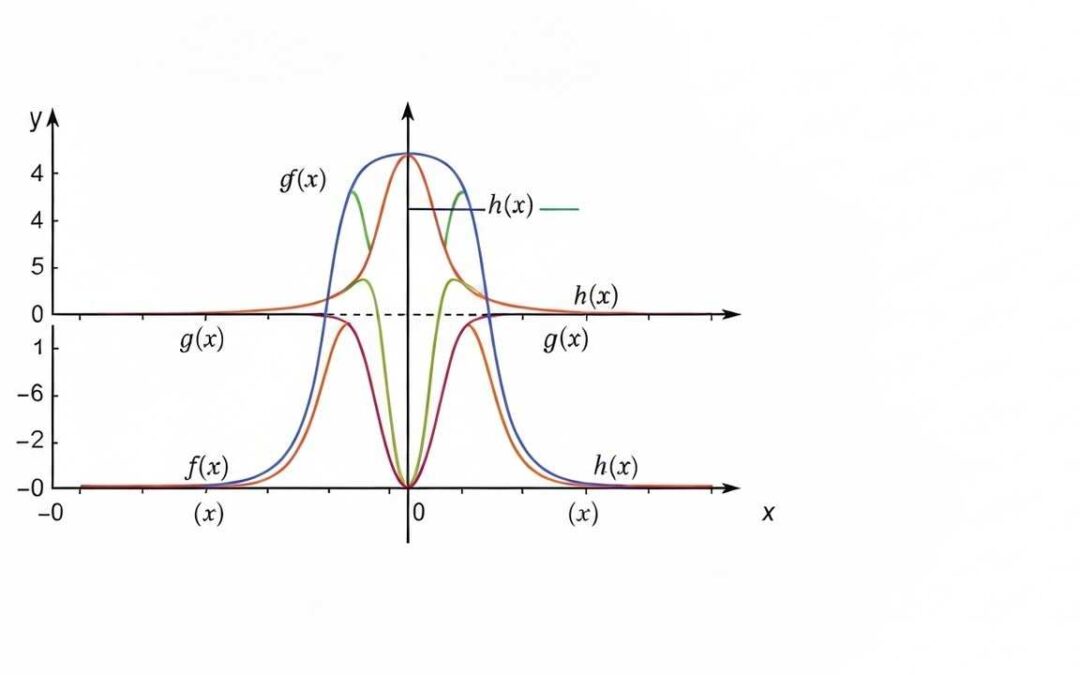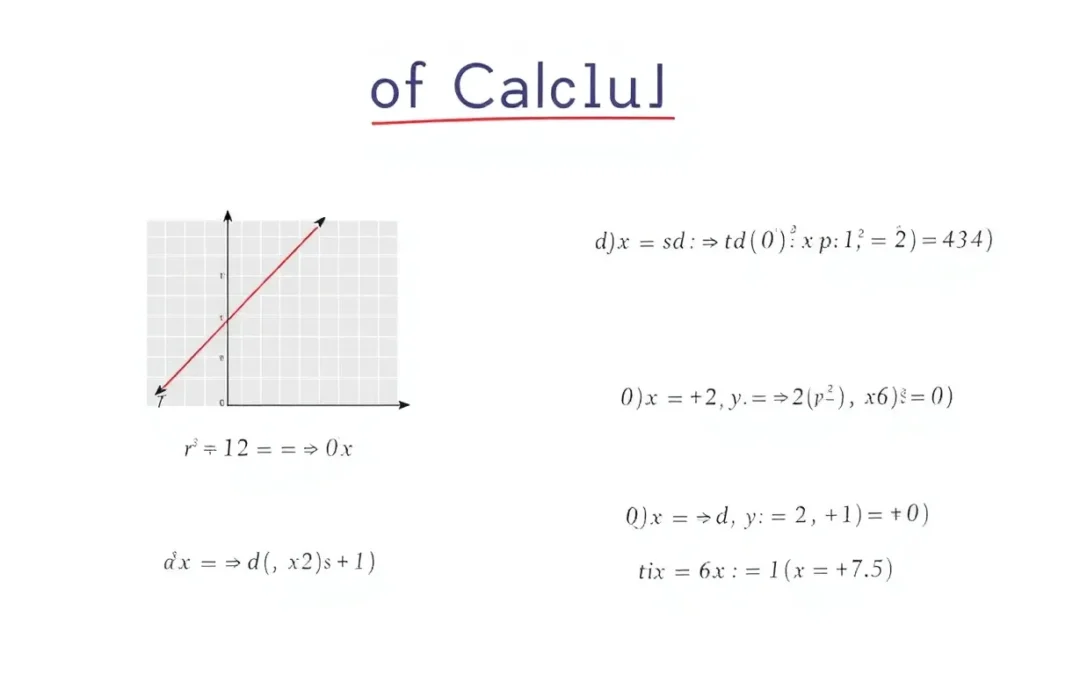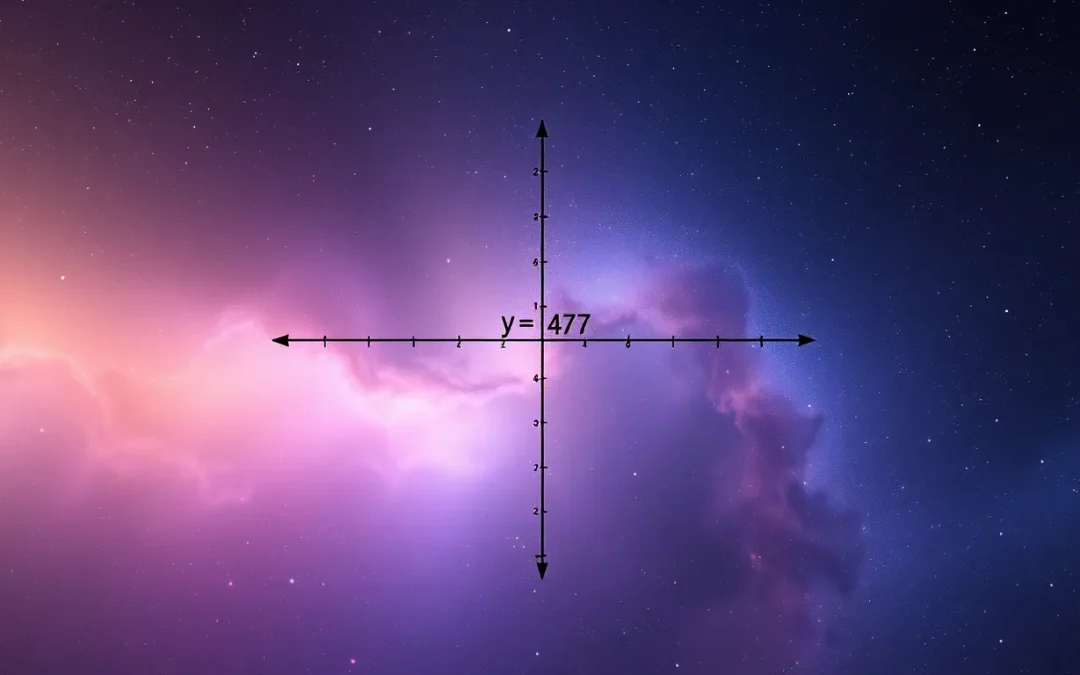Let y = \(\mathsf {x^{n} }\)
∴ y + δy = \(\mathsf { {(x + δx)^{n}} }\)
∴ δy = y + δy – y = \(\mathsf { (x + δx)^{n} }\) – \(\mathsf { x^{n} }\)
or δy = \(\mathsf { [\text{ }^{n}C_0 x^{n}{(δx)}^{0} }\) + \(\mathsf {\text{ }^{n}C_1 x^{n-1}{(δx)}^{1}}\) + \(\mathsf {\text{ }^{n}C_2 x^{n-2}{(δx)}^{2}}\) + \(\mathsf {\text{ }^{n}C_3 x^{n-3}{(δx)}^{3}}\) \(\mathsf {+\ … higher\ powers\ of\ δx\ ] }\) – \(\mathsf {x^{n} }\)
or δy = \(\mathsf { [\text{ }^{n}C_0 x^{n} }\) + \(\mathsf {\text{ }^{n}C_1 x^{n-1}{(δx)}^{1}}\) + \(\mathsf {\text{ }^{n}C_2 x^{n-2}{(δx)}^{2}}\) + \(\mathsf {\text{ }^{n}C_3 x^{n-3}{(δx)}^{3}}\) \(\mathsf{+\ … \ ]} \) – \(\mathsf {x^{n} }\)
Now, \(\mathsf { ^{n}C_0 x^{n} = 1.x^{n} = x^{n} }\)
Cancelling \(\mathsf { x^{n} }\) on both sides, we get
δy = \(\mathsf{ [\text{ }^{n}C_1 x^{n-1}{(δx)}^{1} }\) + \(\mathsf{ \text{ }^{n}C_2 x^{n-2}{(δx)}^{2}}\) + \(\mathsf {\text{ }^{n}C_3 x^{n-3}{(δx)}^{3}}\) \(\mathsf{+\ … \ ]} \)
Dividing each side by δx, we get
\(\mathsf { \dfrac {δy}{δx} }\) = \(\mathsf{ [\text{ }^{n}C_1 x^{n-1} }\) + \(\mathsf{ \text{ }^{n}C_2 x^{n-2}{(δx)}}\) + \(\mathsf {\text{ }^{n}C_3 x^{n-3}{(δx)}^{2}}\) \(\mathsf{+\ … \ ]} \)
∴ \(\mathsf { \dfrac {dy}{dx} }\) = \(\mathsf {\lim_{δx \to 0} \dfrac {δy}{δx} }\)
= \(\mathsf {\lim_{δx \to 0} }\) \(\mathsf{ [\text{ }^{n}C_1 x^{n-1} }\) + \(\mathsf{ \text{ }^{n}C_2 x^{n-2}{(δx)}}\) + \(\mathsf {\text{ }^{n}C_3 x^{n-3}{(δx)}^{2} }\) \(\mathsf{+\ … \ ]} \)
= \(\mathsf{ \text{ }^{n}C_1 x^{n-1} }\) + \(\mathsf{ \text{ }^{n}C_2 x^{n-2}.{0}}\) + \(\mathsf {\text{ }^{n}C_3 x^{n-3}.{0}^{2} }\) \(\mathsf{+\ … } \)
= \(\mathsf {^{n}C_1 x^{n-1} }\) + 0 + 0 + …
= \(\mathsf {nx^{n-1} }\)








0 Comments